Growing Cybersecurity Threat Landscape
The increasing frequency and sophistication of cyber threats is a primary driver for the Dynamic Application Security Testing Market. Organizations are facing a myriad of security challenges, including data breaches and application vulnerabilities. According to recent statistics, cybercrime is projected to cost businesses trillions annually, underscoring the urgent need for robust security measures. As a result, companies are investing heavily in dynamic application security testing solutions to identify and mitigate risks early in the development lifecycle. This proactive approach not only protects sensitive data but also enhances customer trust and brand reputation. The demand for effective security solutions is likely to continue rising as organizations strive to safeguard their digital assets against evolving threats.
Increased Focus on DevSecOps Practices
The emergence of DevSecOps practices is driving transformation within the Dynamic Application Security Testing Market. By integrating security into the DevOps pipeline, organizations are prioritizing security from the outset of the development process. This shift reflects a broader understanding that security cannot be an afterthought; it must be embedded within the development lifecycle. As a result, dynamic application security testing tools are being adopted to facilitate continuous security assessments. The market is witnessing a surge in demand for solutions that support DevSecOps initiatives, as organizations aim to streamline their development processes while ensuring robust security measures. This trend is likely to continue as more companies recognize the benefits of a security-first approach.
Adoption of Agile Development Methodologies
The shift towards agile development methodologies is significantly influencing the Dynamic Application Security Testing Market. Agile practices emphasize rapid development and iterative testing, which necessitates the integration of security testing within the development process. As organizations adopt agile frameworks, the need for dynamic application security testing becomes increasingly apparent. This integration allows for continuous security assessments, ensuring that vulnerabilities are identified and addressed in real-time. Market data indicates that companies employing agile methodologies are more likely to invest in security solutions, as they recognize the importance of maintaining security without compromising speed. Consequently, the agile movement is expected to drive the demand for dynamic application security testing solutions in the coming years.
Regulatory Compliance and Data Protection Laws
The tightening of regulatory compliance and data protection laws is a significant driver for the Dynamic Application Security Testing Market. Organizations are increasingly required to adhere to stringent regulations, such as GDPR and CCPA, which mandate the protection of sensitive data. Non-compliance can result in severe penalties, prompting businesses to invest in dynamic application security testing solutions to ensure they meet these legal requirements. The market is responding to this demand by offering tools that facilitate compliance through automated testing and reporting features. As regulations evolve, the need for effective security testing solutions will likely grow, positioning dynamic application security testing as a critical component of compliance strategies.
Rising Demand for Cloud-Based Security Solutions
The transition to cloud computing is reshaping the landscape of the Dynamic Application Security Testing Market. As organizations migrate their applications to the cloud, the need for effective security measures becomes paramount. Cloud environments introduce unique vulnerabilities that necessitate specialized testing solutions. The market for cloud security is projected to grow significantly, with dynamic application security testing playing a crucial role in this evolution. Companies are increasingly seeking cloud-based security solutions that offer scalability and flexibility, allowing them to adapt to changing security needs. This trend indicates a growing recognition of the importance of integrating dynamic application security testing into cloud strategies, thereby enhancing overall security posture.


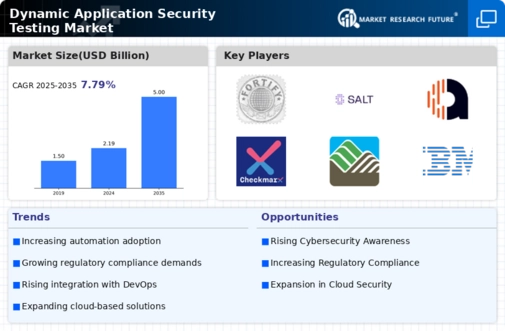
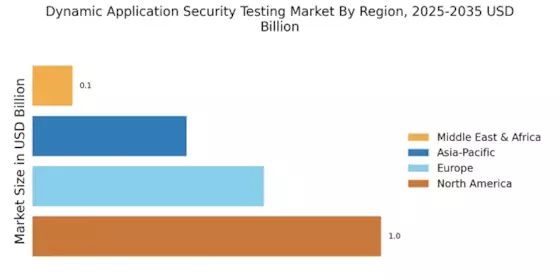

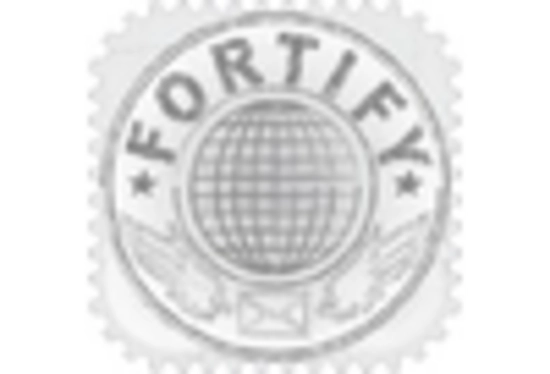

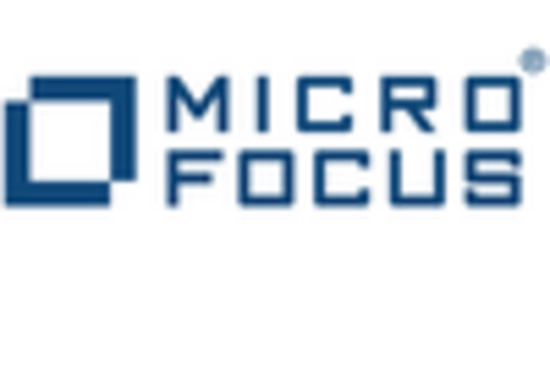

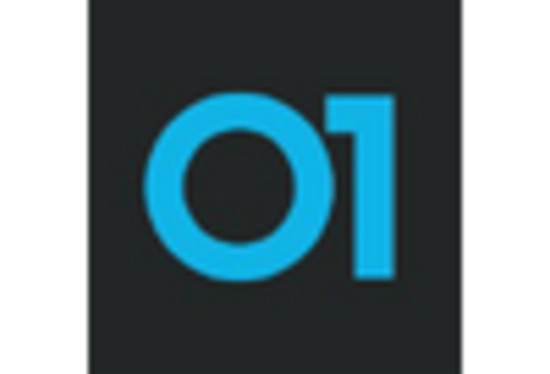








Leave a Comment